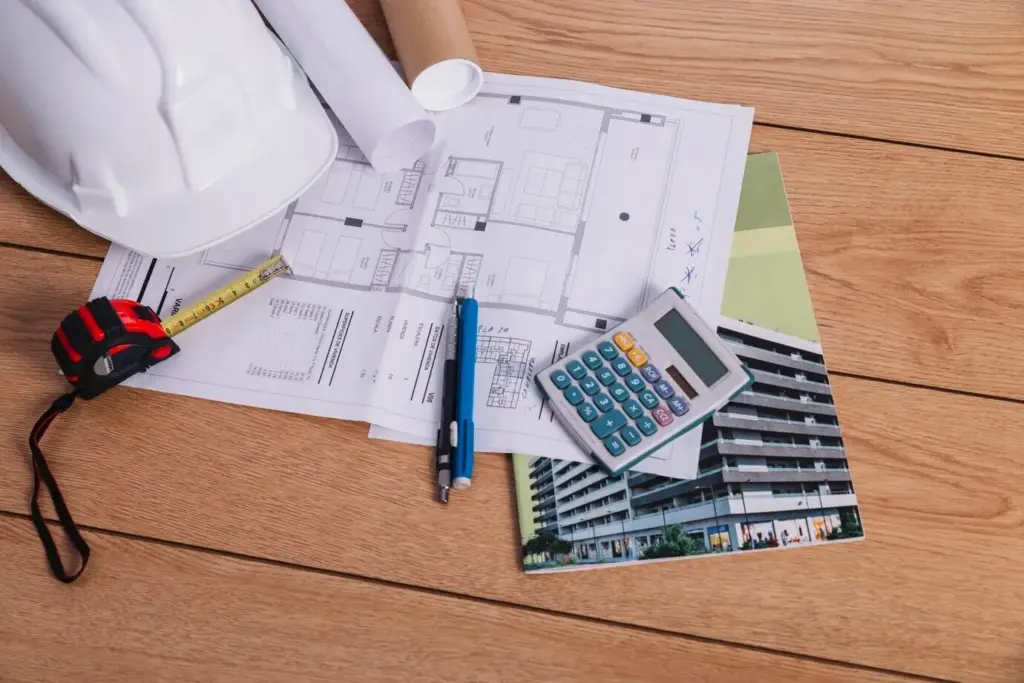Comfort, Savings, and Clarity for High‑Performance Buildings
Foundations of an Ultra‑Efficient Standard

The Five Core Principles, Explained with Real Homes

Adapting to Climate while Keeping Targets Intact
From First Sketch to Certified Plaque
Building Right, the First Time
Airtightness as a Managed Process
Thermal Bridges: Find, Fix, and Prove
Ventilation that Delivers Clean, Quiet Air
Cost, Incentives, and Long‑Term Payback

Transparent Budgeting with Data
Programs that Reduce Upfront Pain
Value that Shows Up Every Season

Deep Retrofits and Staged Pathways

Roles, Responsibilities, and Agreements
Success follows from clear ownership. Name the coordinator, certify who maintains the model, and decide who signs off on details before they hit the site. Agree on testing points, communication channels, and change‑order rules. Hold short but regular meetings with decisions documented the same day. When roles are explicit and files organized, handoffs become smooth, accountability feels fair, and progress stays visible to everyone, including the people paying the bills.
Milestones, Meetings, and Documentation
Plan a cadence: schematic energy check, design development review, detailing lock‑in, preconstruction handoff, mid‑construction testing, and final commissioning. Each milestone ties to specific artifacts and approvals. Use shared folders, consistent filenames, and simple dashboards so stakeholders track status at a glance. Document lessons learned immediately, not after occupancy. This rhythm reduces stress, speeds responses, and captures knowledge for the next project, turning hard‑won insights into repeatable, teachable practices across your whole team.
Join the Conversation and Stay Informed
Your experiences and questions sharpen this community. Comment with your biggest wins, toughest details, or cost tricks that actually worked. Ask for templates, share local incentives, or request deep dives you want next. Subscribe to receive new guides, checklists, and case studies, and invite colleagues who would benefit. Together, we accelerate learning, avoid old mistakes, and make high performance feel achievable, practical, and exciting—not tomorrow, but in the projects beginning today.